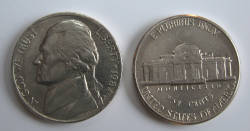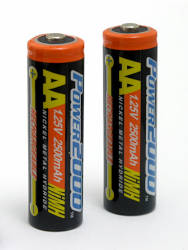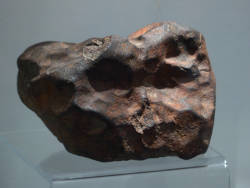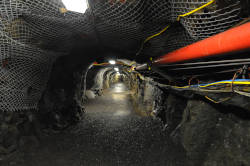Nickel Mines




Nickel is used predominantly in the steel industry, but it is now becoming increasingly important for electromobility. About five percent of the nickel consumed is used there, with a strong upward trend. The metal has only been used to a greater extent since the end of the 19th century; alloys with nickel oxidise less. Especially coins of low value and cheap jewellery were improved in quality this way. In many countries, the small coins are also called "nickel", for example, the 5-Cent coin in the U.S.
Nickel is a chemical element with the element symbol Ni and the atomic number 28. With a density of 8.91 g/cm³ it belongs to the heavy metals. The transition metal was first presented pure in 1751 by the Swedish chemist and mineralogist Axel Frederic Cronstedt. It was named after the mineral kopparnickel, a mining term coined for ore that looked like copper ore but from which no copper could be extracted. This massive disadvantage was blamed on the mining spirits ("nickels") who had bewitched the ore. Thus, nickel is not only the name of goblins, but also has a negative connotation.
At room temperature, nickel is very resistant to air, water, hydrochloric acid and alkalis and is not flammable. Diluted acids attack nickel only very slowly. That is why it is used for the production of stainless steels and nickel alloys. It is also used as a coating metal to protect metal objects against corrosion, this is called nickel plating. The frames of so-called "nickel spectacles" used to be a fairly well-known use.
Nickel mining began in the Sudbury (Canada) and New Caledonia (South Pacific) areas around 1880. Today the largest nickel producers are Indonesia, the Philippines, Russia, New Caledonia, Canada and Australia. Mining is usually done by open pit. The most important ores are nickel magnetite, which contains chalcopyrite CuFeS2, pentlandite (Ni,Fe)9S8 and traces of precious metals, and pentlandite. Millerite, nickeline and garnierite are also mined.
 Sudbury Mining Museum
Sudbury Mining Museum Search DuckDuckGo for "Nickel Mines"
Search DuckDuckGo for "Nickel Mines" Nickel - Wikipedia (visited: 22-OCT-2023)
Nickel - Wikipedia (visited: 22-OCT-2023) Nickel (visited: 22-OCT-2023)
Nickel (visited: 22-OCT-2023)
 Index
Index Topics
Topics Hierarchical
Hierarchical Countries
Countries Maps
Maps